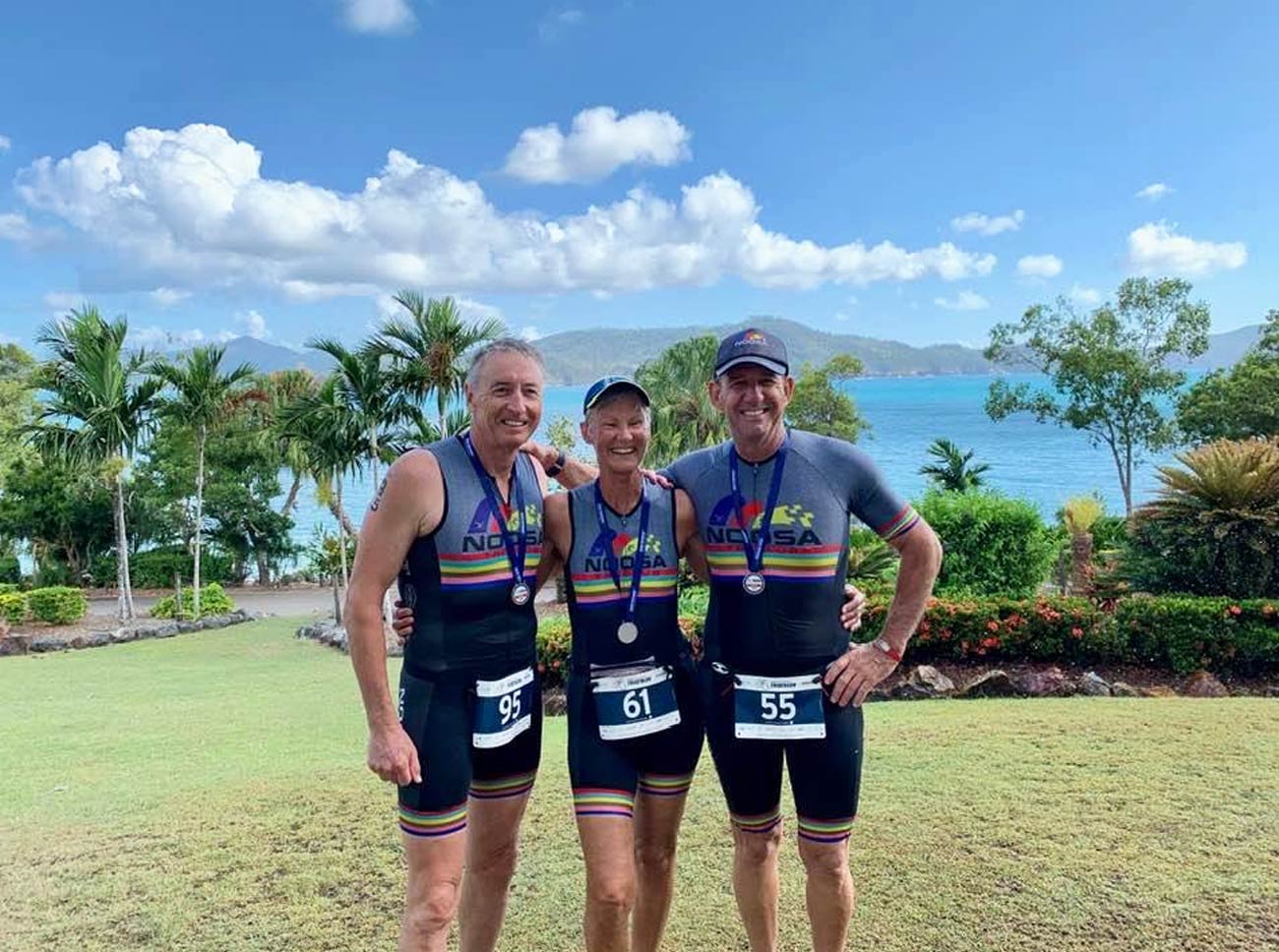CORE STRENGTH
The role that core strength plays in improving fitness
Core training seems to be the latest buzz in training. But what is the “core” and what is beneficial about training it? If you ask different experts, you might get a few different views on which muscles make up the core. Basically, if you look at the human body, you will notice an area of the torso that has little or no skeletal support. We must rely on our muscles to support this area.
Strong core muscles are the foundation for all movementThe anterior, or front muscles, need to work simultaneously with the posterior, or lower, back muscles. The human body has three layers of abdominal muscles: the transverse abdominals, which support the torso like a wide band; the internal and external obliques, which support the torso during all movements involving little or not rotation; and the rectus abdominus, otherwise known as the “six pack,” which supports the torso during movement.
The posteriors consist of a group of muscles that run along the spine, the erector spinae. There are also deep muscles called the multifidi and superficial muscles called the quadratus lumborum, which also support our bodies during movement. You can feel the multifidi contract by placing your hand on the sides of your lower back as you contract your abdominal muscles. Your gluteus maximus and hip flexor muscles support your pelvis during movement. The pelvic bone is attached to the sacrum, which is the lower portion of the spine.

Strong core muscles will not only decrease your risk of injury and pain—they are the foundation for all movement. This is especially important for triathletes. Swimming, biking and running are performed in a forward motion. The body does not move in one plane (saggital) of movement during all three sports; the spine and pelvis are constantly rotating. Triathlon requires repetitive movement with speed. Therefore, the core muscles are constantly contracting to support the physical demands of the sport. Because the sports differ in the type of movement (stroke, kicking and circular), it is important that the core muscles provide a strong base for power.
Traditionally, the most common exercise is the abdominal curl-up. The downside of doing the curl-up is that the body does not move in this manner when swimming, biking, or running, or during any activities of daily living (ADLs). This exercise only engages the abdominal muscles. Even though this exercise will strengthen the abdominal muscles, it does not strengthen the back muscles. A common misconception is that, if the abdominal muscles are strong, the lower back will be supported—this is incorrect!
The most effective exercises for core muscles are those that involve more than one joint (multi-joint) and muscle or muscle group. Lunges in all directions (diagonal, front, back, curtsy), reverse wood chop, figure eight, one-legged squats (add reaches and rotation), standing cable rows (straight and bent arms), overhead cable triceps extensions, front/side planks (add hip extension or alternating straight leg raises), bridges (add one leg and marching), walking push-ups, and dips should be added to your training. Adding the arms or legs during the movements will challenge the core muscles even more.
Want to improve your triathlon experience?
Want to improve? To find out more about how Multisport Consultants can help improve your race splits with a specific training program > click here, or if you feel you may require a more personalised training program, contact Multisport Consultants for more details.
Latest news from Multisport Consultants
-
Noosa Ironman Training Camp
MSC crew Racing over the weekend just gone over 5 different events - In 70.3 Western Sydney – P
-
A big weekend of racing for MSC athletes
Quite a big weekend of racing for MSC athletes just passed as we hit December In Canberra at the
-
Perfect morning for a ride
Perfect morning for a ride. Last TT for 2019 and a good showing for it. Mark Preston was fastest tod





